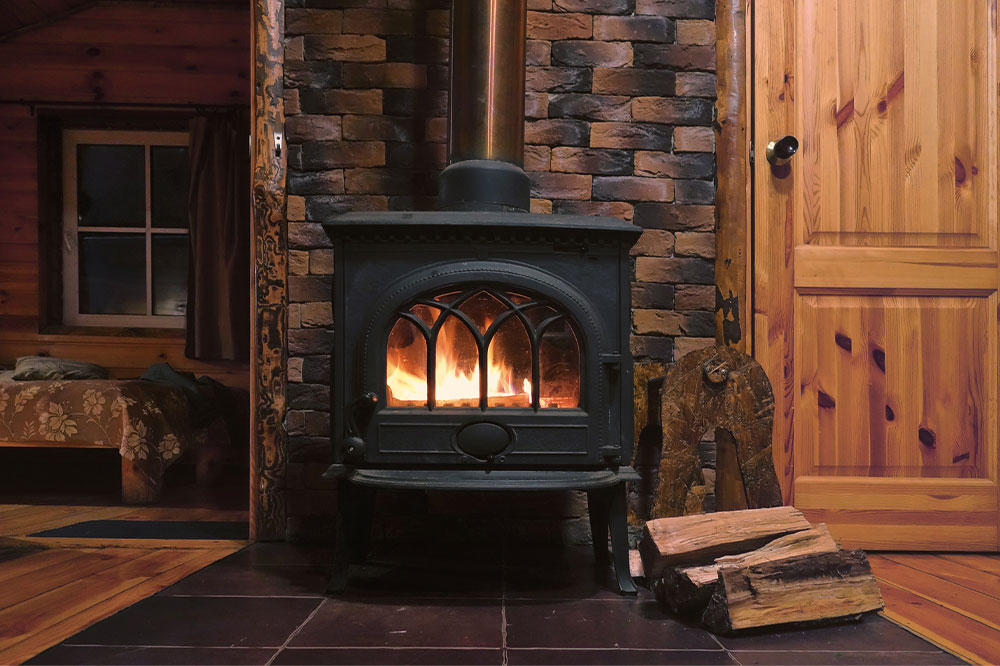
Types and benefits of wood stoves
In today’s world, many individuals opt for environmentally-friendly options when making purchases. As a result, durable, cost-effective, and eco-friendly wood stoves have become a popular choice for heating homes. Wood stoves utilize solid and biomass fuels for cooking and heating purposes. These stoves offer a comfortable ambiance and are energy-efficient, saving money in the long run. This article delves into the various types and advantages of wood stoves. Keep reading to discover more about them.
Types of wood stoves
In order to fully appreciate the advantages of purchasing a wood stove, it is crucial to have knowledge of the different types available. Two of the most common types of wood stoves include:
Non-catalytic wood stove
A non-catalytic wood stove is one of the most popular wood stoves that are easy to operate, making it the best pick for beginners. The fire burns are way more efficient at higher temperatures and affordable than a catalytic wood stove. However, it produces higher levels of emissions and ashes at lower temperatures.
Catalytic wood stove
If you want a wood stove with high efficiency, you must opt for a catalytic wood stove. It features a catalytic combustor which helps in collecting emissions and smoke. The combustor comes up with a metal coating, which helps in boosting burn time. However, it is important to remember that this type requires periodic replacement for several months.
Wood stoves may also be differentiated based on their material. Steel, cast-iron, and soapstone stoves are some of the common types.
Significant advantages of buying wood stoves
Whether you are looking for outdoor or indoor wood stoves, you must know what advantages they offer. Therefore, to help you decide, this section will discuss the reasons for investing in a good wood stove.
Highly efficient
Investing in a wood stove ensures optimal energy efficiency, cheaper fuel costs, and incredibly effective heating. Modern combustion techniques are used in these stoves to produce more heat while emitting less pollution. They efficiently heat indoor spaces during winter because of their well-thought-out design, creating a warm atmosphere.
Low maintenance and cost
Wood stoves’ low maintenance requirements are a notable benefit. These stoves require less maintenance, which makes life easier for homeowners. Routine cleaning and examining the cooker and chimney ensure the best performance and safety. It has a longer lifespan, effective burning, and low emissions.
Environment-friendly option
As a green choice, wood stoves have numerous advantages. They use renewable resources like wood as fuel. These stoves emit fewer pollutants and support better air quality than conventional heating techniques. Additionally, wood stoves can help reduce carbon emissions since trees absorb CO2 as they grow.
How to use a wood stove?
One of the main benefits of using a wood stove indoors is its efficiency. These stoves are user-friendly and are made for simple operation. Here’s how you can operate a typical stove:
Open the air vents before lighting the fire to ensure proper oxygen circulation.
Add smaller logs of wood since they catch fire easily.
Add larger wood logs when the temperature of the stove increases.
Close the air vents partially to ensure the heat doesn’t flow out.
If wood is being burnt too quickly, close the vents. If the fire smolders, open the vents.
If your stove is releasing excessive smoke or not heating up properly despite following the steps mentioned above, contact wood stove services quickly.




